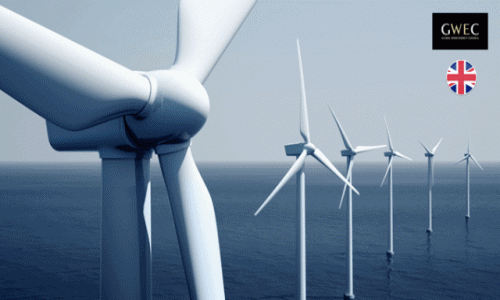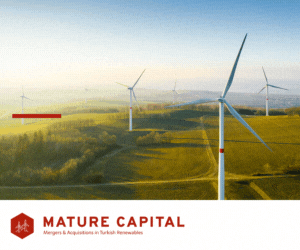Genel
GWEC – China’s new Five-Year Energy Plan

The 13th Energy Five-Year Plan (FYP) was released by National Energy Administration (NEA) on 5 January. The Energy FYP is the framework legislation defining energy development for the next five years in China. In parallel to the main Energy FYP, there are 14 other supporting FYPs, such as the Renewable Energy 13th FYP, Wind FYP, Electricity FYP etc, which were all released around the same time.
According to the Renewable Energy 13th FYP, by 2020, total RE electricity installations will reach 680GW, with electricity production of 1900Twh and account for 27% of electricity production. And by 2020, the wind tariff will reach grid parity, meaning that the feed in price for wind will be the same as for coal plants.
The target for wind power is no less than 210GW by 2020, with electricity production of 420Twh and 6% of total power production. Offshore has a target of 5GW by 2020. To better address the curtailment issue, the development of wind in the central and eastern regions will be prioritised over that in the northern and western regions, for the first time. Newly added capacity in the central eastern region with a target of 42G, outnumbers the target for the three northern regions of 35 GW.
Solving the curtailment issues was a prime focus of the FYP. Solutions include increasing the natural gas share, increasing HV DC/AC long distance lines, and increasing the use of RE heating systems, pumped storage, etc.
Another key feature of the Energy FYP is its stress on the RPS and the green certificate system, which were widely discussed in the past half year, as the government anticipates that the two combined will replace the FIT system and be a way out of the burden of the subsidies to wind and solar power.
The issue of the FIT for wind and solar being too high has been on the table for a long time. The final decision on the lowering of the 2018 wind tariffs (together with solar), which has been going on in the past year, were finally released to the public just a few days before the new year. Below is a chart showing the new tariff level.

All in all, the energy FYP reflects the government’s resolution to go big on renewables. But at the same time, its action on drastically lowering tariffs for both solar and wind, together with its relatively ambitious target on both technologies reaching grid parity by 2020, is worrisome. With the curtailment being the huge unknown element, it seems the ambition on tariff reduction is a bit over optimistic. It seems the industry will experience a difficult period, struggling with the new tariff over the next several years. However, the future of the energy transition is set on course, which is an assurance for our industry. But how rough the near future will be is something we should all get prepared before the reality kicks in.
-

 Events5 years ago
Events5 years agoCanada and Turkey women working in the renewable energy sector in met
-

 Manufacturers of wind turbines5 years ago
Manufacturers of wind turbines5 years agoGE’s Haliade-X 12 MW prototype to be installed in Rotterdam
-

 Operations and Maintenance6 years ago
Operations and Maintenance6 years agoGENBA is on the rise; another milestone passed by in global existence
-

 Genel8 years ago
Genel8 years agoEWT launches the DW61, It’s most efficient and high energy producing wind turbine
-

 Genel9 years ago
Genel9 years agoInternet of things will empower the wind energy power plants
-

 Turbine Manufacturing6 years ago
Turbine Manufacturing6 years agoİğrek Makina focused on developing and producing Machine Tools and Wind Energy Turbines
-

 Energy management systems5 years ago
Energy management systems5 years agoDemand/Supply – Renewable energy with guarantees of origin (GO)
-

 Events5 years ago
Events5 years agoKey Players from 10 Nations will Show Their Strong Positions at APWEE
-

 Manufacturers of wind turbines5 years ago
Manufacturers of wind turbines5 years agoThe Nordex Group receives first order for Delta4000 turbines from the USA
-

 Manufacturers of wind turbines4 years ago
Manufacturers of wind turbines4 years agoENERCON installs E-160 EP5 prototype
-

 Genel8 years ago
Genel8 years agoZorlu energy envisages a bold new future based on renewables
-

 Manufacturers of wind turbines5 years ago
Manufacturers of wind turbines5 years agoENERCON and Lagerwey together develop two new WEC types















